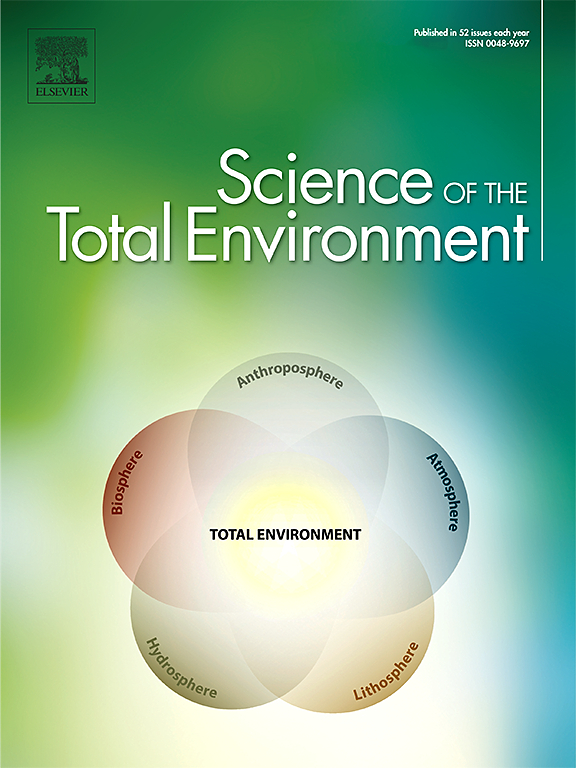Demographic changes will shape planetary biodiversity
IF 8.2
1区 环境科学与生态学
Q1 ENVIRONMENTAL SCIENCES
引用次数: 0
Abstract
Recent studies have highlighted how future population growth in combination with other contemporaneous global drivers can degrade natural capital and the associated ecosystem services whereas policies that invest in nature can yield benefits for multiple economic and environmental variables. However, studies have yet to highlight and isolate the consequences of changing demographic dynamics in different world regions on global patterns of biodiversity. To fill this research gap, we link a computational general equilibrium economic model (GTAP-AEZ) with biodiversity characterization factors representing potential species loss per unit area due to human land-uses in different world regions for mammals, birds, amphibians, reptiles, and plants combined. This allows us to project the impact on species loss of a business-as-usual global economic scenario between 2021 and 2041, driven by changes in population, GDP, capital stock, labor force, and productivity growth. Second, we focus on demographic change as a sole driver of biodiversity loss and contrast the impacts of historical population growth (2001−2021) with those of future demographic trends (2021–2041) using the same biodiversity metric and economic model. Third, we analyze how the biodiversity projections are affected by the underlying uncertainty in 2041 population based on the United Nations Probabilistic Population Projections. Finally, we also identify those economic sectors and the three major market mechanisms driving the land-use change that explains biodiversity loss in each region. These are: domestic substitution of imports; direct increase in trade to satisfy the increased population abroad; and indirect increase in trade through third markets. The findings highlight how slowing population growth in the wealthiest countries will benefit biodiversity in some parts of the world, while continued strong population growth in Africa will lead to more rapid biodiversity loss in other regions. Our results provide insights into the global hotspots, drivers, and linkages that can be useful to diverse stakeholders (businesses, governments, and conservationists) for making progress towards the achievement of the global biodiversity targets and the UN Sustainable Development Goal 15 (Life on Land).

求助全文
约1分钟内获得全文
求助全文
来源期刊

Science of the Total Environment
环境科学-环境科学
CiteScore
17.60
自引率
10.20%
发文量
8726
审稿时长
2.4 months
期刊介绍:
The Science of the Total Environment is an international journal dedicated to scientific research on the environment and its interaction with humanity. It covers a wide range of disciplines and seeks to publish innovative, hypothesis-driven, and impactful research that explores the entire environment, including the atmosphere, lithosphere, hydrosphere, biosphere, and anthroposphere.
The journal's updated Aims & Scope emphasizes the importance of interdisciplinary environmental research with broad impact. Priority is given to studies that advance fundamental understanding and explore the interconnectedness of multiple environmental spheres. Field studies are preferred, while laboratory experiments must demonstrate significant methodological advancements or mechanistic insights with direct relevance to the environment.
 求助内容:
求助内容: 应助结果提醒方式:
应助结果提醒方式:


